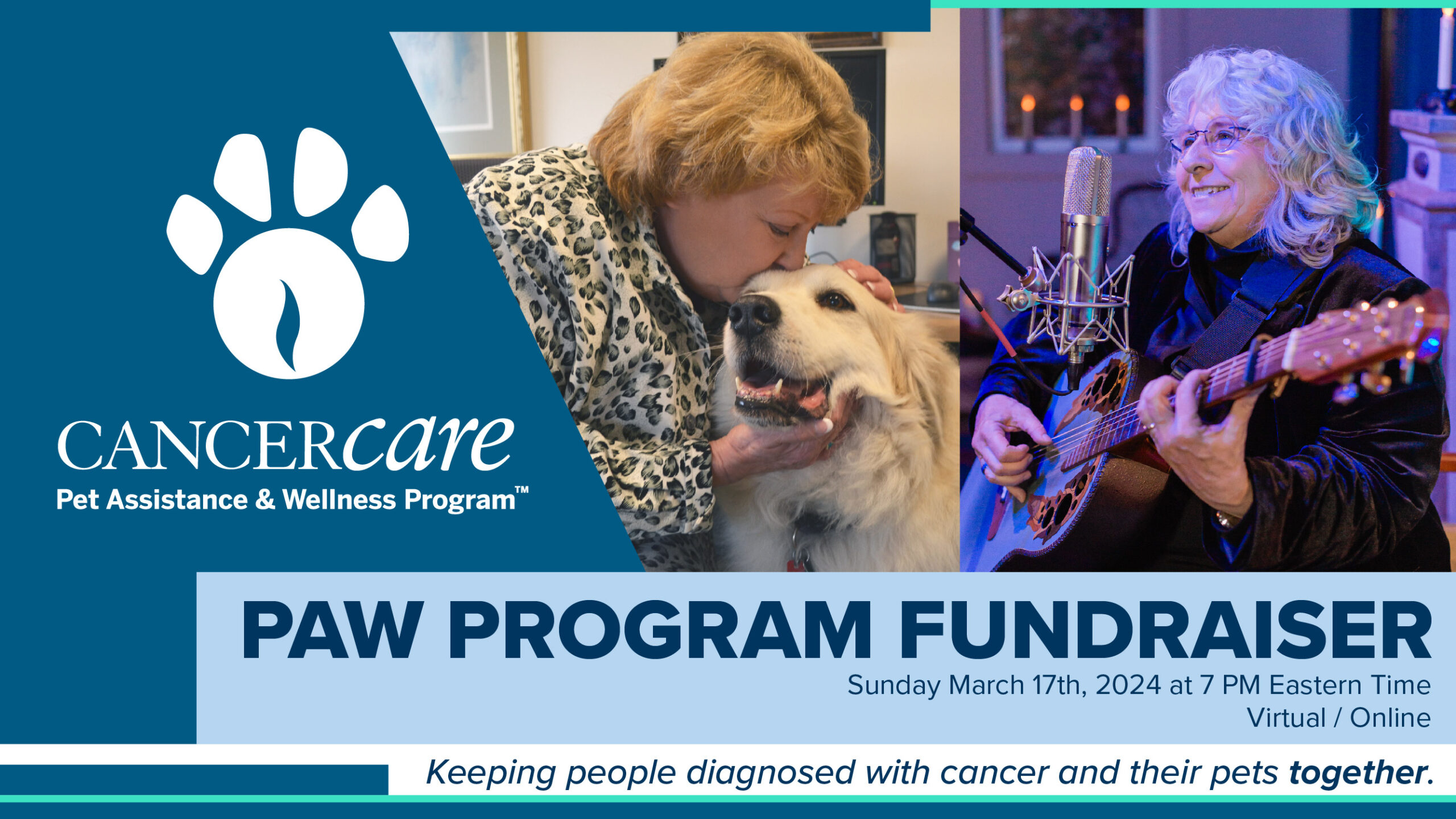Guest post by Victor Ulhman
Do you think your smoking is just hurting you?
Think again: studies have shown time and time again that second hand smoke directly causes cancer in pets. In fact, according to one study, second hand smoke has a greater impact on pets than it does on humans. Unknowingly, your smoking has created a perfect storm of risks and danger for your pet, in the form of environmental tobacco smoke (ETS).
According to the AVMA, “Pet cats living in smoking households are more than twice as likely to develop malignant lymphoma (a type of cancer) compared to cats in nonsmoking households. The risk increased with the duration and amount of exposure, and cats with five or more years of exposure to secondhand smoke were more than three times as likely to develop malignant lymphoma.“
Effects of Smoking on Dogs
ETS affects pets in different ways, but all have the same outcome: cancer, and it comes in a variety of painful and terrible forms. For dogs, the threat comes in the form of nasal cancer. Studies have shown that dogs with long noses are the most susceptible to nasal cancer, as their noses are longer and exposed to harmful chemicals for longer periods of time. Dogs with short to medium sized noses, on the other hand, are far more likely to develop lung cancer. This is due to the fact that less carcinogens and chemicals are filtered out, and are more likely to travel straight into the lungs. Lung and nasal cancer is dogs is often fatal, and is difficult to treat. The best thing you can do for your dog is to stop smoking now, before it becomes a bigger problem.
“Dogs, cats and children not only breathe these harmful substances in, but pets can also ingest them by licking their owner’s hair, skin, and clothes,” commented FDA veterinarian Carmela Stamper, D.V. M, in an FDA consumer update.
Effects of Smoking on Cats
Cats certainly aren’t immune to cigarette smoke either. Not only does ETS pose the same threat of lung cancer to cats as it does to dogs, but cats are also overwhelmingly prone to developing oral cancer in homes where ETS is present. Due to the fact cats engage in constant self-grooming, the toxins from ETS that are on their fur are often directly ingested during the grooming process. Because of this unique and dangerous exposure, cats are far more likely to develop this deadly cancer in homes with ETS. In fact, a study has shown that cats in homes with ETS are over twice as likely to develop oral cancer, and if that exposure lasts more than five years, they are over three times as likely to be diagnosed with oral cancer.
Your pets spend far more time in your house than you, and in that time, even if no one is smoking they are being exposed to harmful carcinogens and toxins. A study of pet owners showed that almost 40% of pet owners would be motivated to get drug addiction help with adequate evidence of the effects smoking has on their pets.
Hopefully, this information can change your mind or the minds of family and friend about the dangers smoking can have on our best furry friends.
About the author
Victor Ulhman is a writer, photographer, and film aficionado living in Detroit, MI. He currently blogs about drug and alcohol addiction, and how to move beyond them. You can find him on his days off watching Game of Thrones with his cat, or arguing about how to best cook a steak.







